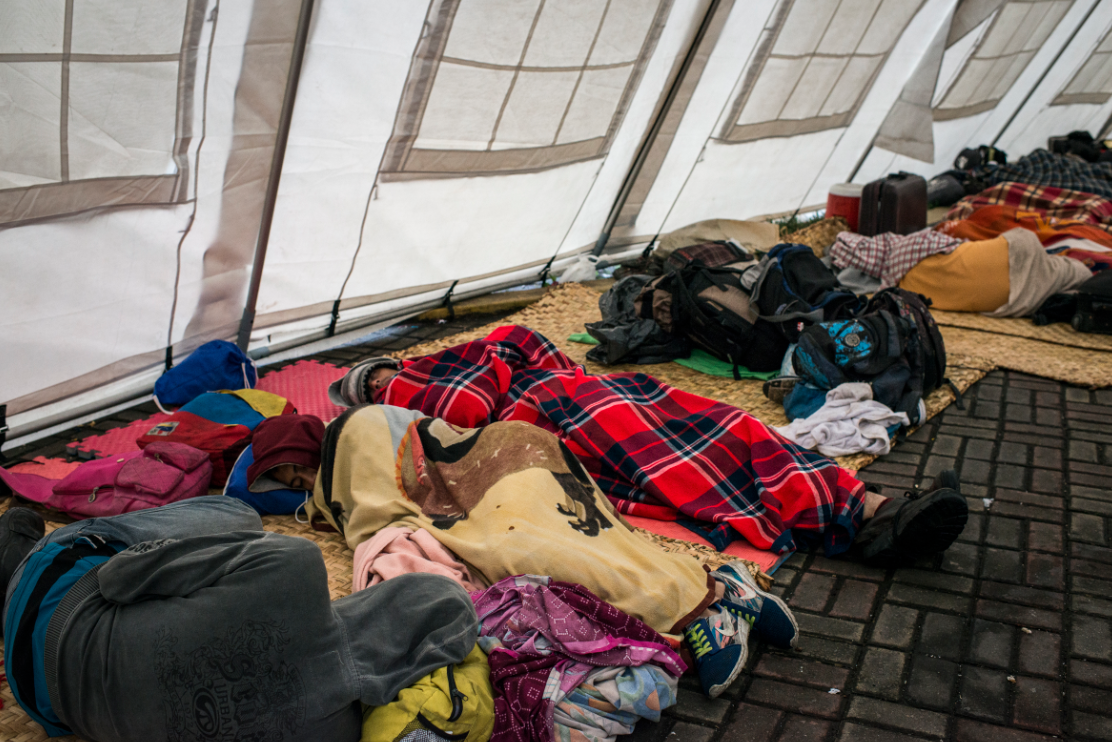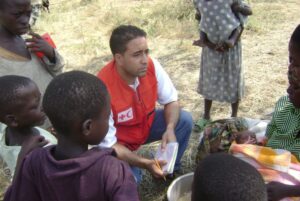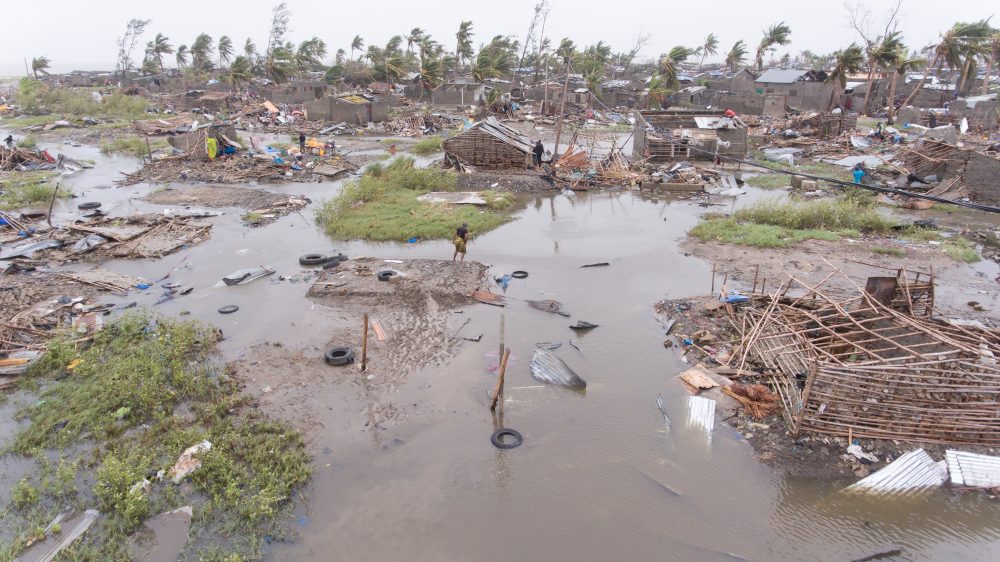The Human Costs in Venezuela
The political wrangling dominating the news obscures the startling humanitarian crisis in Venezuela – the day-to-day costs of living in the country … how desperate the circumstances; how intolerable conditions get with each passing day. These are some of the facts: 92 percent of the population lives in poverty, including 61 percent in extreme poverty. […]

The political wrangling dominating the news obscures the startling humanitarian crisis in Venezuela – the day-to-day costs of living in the country … how desperate the circumstances; how intolerable conditions get with each passing day. These are some of the facts:
- 92 percent of the population lives in poverty, including 61 percent in extreme poverty.
- Since 2017, national food production has reduced by more than 60 percent, and imports dropped by more than 70 percent, leading to significant shortages of food and alarming levels of food insecurity across the country. (CHE Health 09/2018, Provea 2017)
- 55 percent of medical personnel in the country have reportedly resigned from their jobs and/or migrated outside the country.
- As many as 70 percent of school-aged children do not attend school on a regular basis.
According to ACAPS, in January 2019, a basic food basket containing 60 items – basic necessities – cost about 360,115 Venezuelan Bolivars (VES). Between January 2018 and January 2019, the price of a basic food basket increased by 283,880 percent. In order to purchase a food basket, a household would have to earn 20 times the minimum monthly salary!
The dire situation in Venezuela is filled with day-to-day hardships, suffering and death that has resulted in over three million people – 10 percent of the population – fleeing the country since 2015. According to UNHCR, the UN Refugee Agency:
- More than one million are in Columbia and that number is expected to double in 2019.
- Peru has more than half a million refugees.
- Other Latin American and Caribbean countries host nearly one million more.
- And, more than 600,000 live in countries outside that region.
UNHCR says that the number of people fleeing the country puts the Venezuelan refugee crisis in line with the Syria, Afghanistan and South Sudan refugee crises. They estimate that the number of refugees could reach more than five million in 2019. Read more about the Venezuelan crisis in our disaster profile.
As Americans, when we hear of such deep suffering and humanitarian crises in other countries, we often wonder where to turn. What can be done? How can we help? Those of us at CDP understand that feeling of futility in the face of disasters – both natural and man-made. In response to the crises worldwide, we have launched our CDP Global Recovery Fund, designed to help donors respond to a crisis and get funding to areas of the greatest need.

I’ve been on the ground in more than 25 countries including the Philippines, Liberia, Belize, Nigeria, Uganda and Barbuda; I’ve seen the efficiency of local, grassroots organizations working to address the needs of their people. As with all disasters, the task of recovery seems tremendous, but it is with focus, dedication and a generosity of spirit that recovery comes.
More like this

Announcing the CDP Global Recovery Fund
